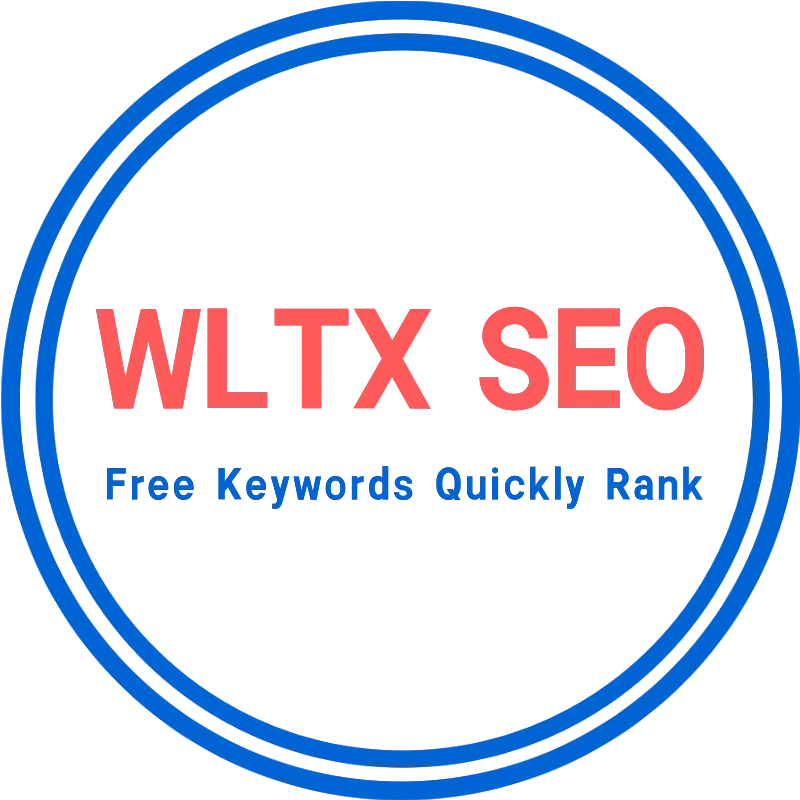Navigating the Post-Google+ Landscape: Timeless SEO Insights and Shifting Priorities
For SEO professionals, Google+ felt like the future. Its integration with search results, Circles for personalized content, and “+1” button offered exciting—though fleeting—direct ranking opportunities. While Google+ as we knew it formally shut down (consumer in 2019, enterprise in 2021), its legacy provides vital lessons for modern Google rankings and best practices. Here’s how to apply “Google+ mindset” tactics to today’s SEO ecosystem:
🔎 1. Authentic Engagement Matters More Than Ever
Google+ emphasized creating “meaningful interactions” within Circles. This directive now applies universally:
- Modern Application: Build communities around your brand on active platforms (LinkedIn, Reddit, niche forums). Respond to comments thoughtfully. Genuine user engagement signals relevance and authority to Google.
- Action Step: Dedicate resources to community management. Monitor brand mentions, address queries genuinely, and involve subject-matter experts.
🔎 2. Author Authority Remains Paramount
Google+ profiles showcased contributor expertise, reinforcing E-A-T (Expertise, Authoritativeness, Trustworthiness)—a cornerstone of Google’s algorithm today.
- Modern Application: Optimize author bios and LinkedIn profiles with credentials, backlinks to published work, and clear affiliations. Use schema markup like
PersonorOrganizationfor entity recognition. - Action Step: Develop detailed, credibility-focused author pages that highlight industry contributions.
🔎 3. Local SEO: Direct Successor to Google+ Business Integration
Google My Business (now Google Business Profile or GBP) evolved from Google+’s local business tools, becoming critical for local ranking.
- Modern Application:
- Optimize GBP with verified, complete information (categories, hours, photos).
- Collect and respond to reviews.
- Publish posts for offers/products/events.
- Action Step: Audit GBP listings for accuracy and consistency across directories. Prioritize keywords in descriptions and geo-tag images.
🔎 4. Social Signals ≠ Direct Ranking Factors (But Influence Indirectly)
Google+ “+1s” appeared to boost visibility. While Google no longer treats social signals as direct ranking factors across any platform, their indirect impact is undeniable:
- Modern Application:
- Viral content earns backlinks—a confirmed ranking factor.
- Hashtags (Twitter, Instagram) increase topical relevance if aligned with search intent.
- High-engagement signals boost click-through rates (CTR) in SERPs.
- Action Step: Share insights on platforms your audience frequents. Hyper-target content to provoke $$ shares, discussions, or links.
🔎 5. Secure Cross-Channel Synergy
Google+ thrived on connection—profiles linked to YouTube, Maps, and Search. Today, cohesive cross-platform presence strengthens brand authority.
- Modern Application:
- Synchronize branding, bios, links, and CTAs across profiles (YouTube, X, Facebook, LinkedIn).
- Use YouTube SEO to capitalize on Google’s second-largest search engine.
- Action Step: Audit social/Google profiles to ensure NAP consistency and canonical links to your site.
🔎 6. Visual and Interactive Content: The New “+1”
Google+ invested heavily in visual-centered UI. Today, video, infographics, and interactive content yield high dwell times and engagement metrics.
- Modern Application:
- Embed videos, calculators, or quizzes within blogs to extend sessions.
- Use descriptive filenames and alt text for images (e.g.,
local-seo-strategy-infographic.jpgnotIMG123.jpg).
- Action Step: Repurpose long-form content as shareable visuals.
Conclusion
Google+’s closure didn’t erase its SEO teachings—it amplified them. The core tenets of authenticity, authority, and engagement underpin modern strategies. Today, success requires blending community building, E-A-T rigor, GBP optimization, and cross-platform synergy. By revisiting these “post-mortem” lessons, brands sidestep outdated practices and fortify their visibility in Google’s ecosystem.
❓ FAQs
Q1: Is any part of Google+ still relevant to SEO?
No—it’s been entirely shut down. Focus instead on Google Business Profile (local), author authority signals, and social platforms that influence indirect ranking signals (links, CTRs).
Q2: Do Google+ links or shares affect SEO today?
All Google+ URLs are defunct. Links pointing to Google+ profiles or posts are dead weight. Redirect them to current pages or disavow broken links.
Q3: Are social media shares on Facebook/X/LinkedIn ranking factors?
Social shares ≠ confirmed ranking factors, but they indirectly boost SEO by driving relevance signals (backlinks, referral traffic, increased SERP CTR).
Q4: How crucial is Google Business Profile after Google+’s closure?
GBP is critical for local rankings. It’s the primary successor to Google’s local, social, and mapping tools—optimizing it directly influences Maps and local pack visibility.
Q5: What’s the best way to demonstrate E-A-T without Google+ profiles?
- Detailed author bios with credentials
- Relational schema markup
- Guest posts on authoritative sites
- Professional LinkedIn profiles tied to content
- Transparency around expertise/testing processes
Q6: Was Google+ SEO a waste of effort?
Not at all. It pioneered ideas now central to Google’s algorithm—authorship, semantic relevance, entity-focused search. These patterns define E-A-T-centric strategies today.







